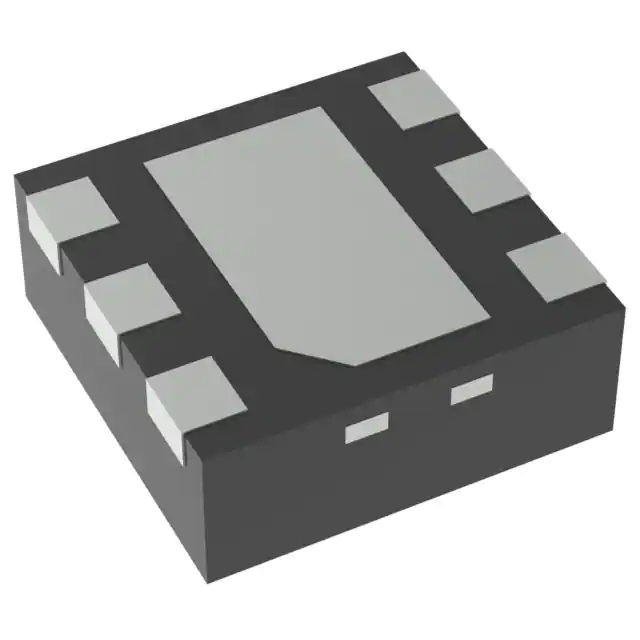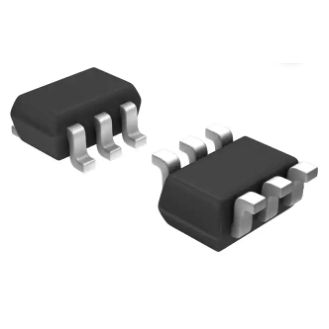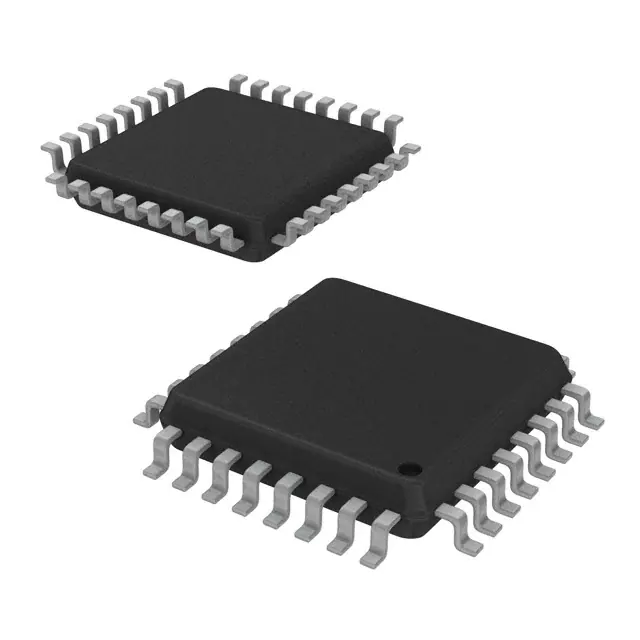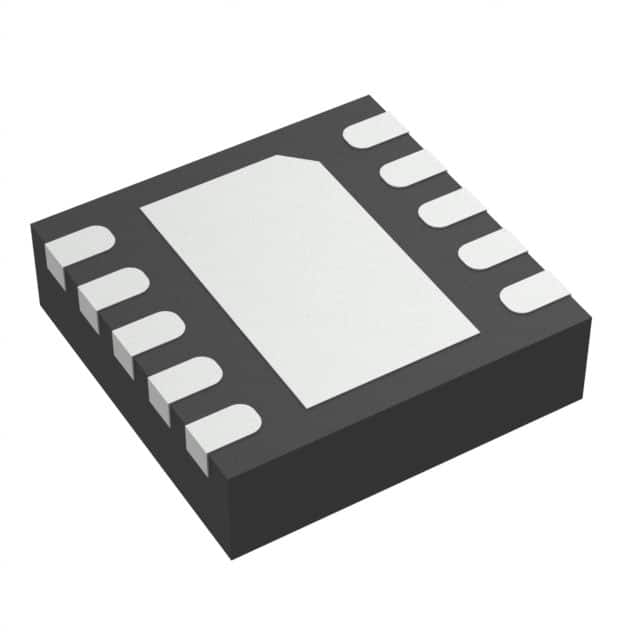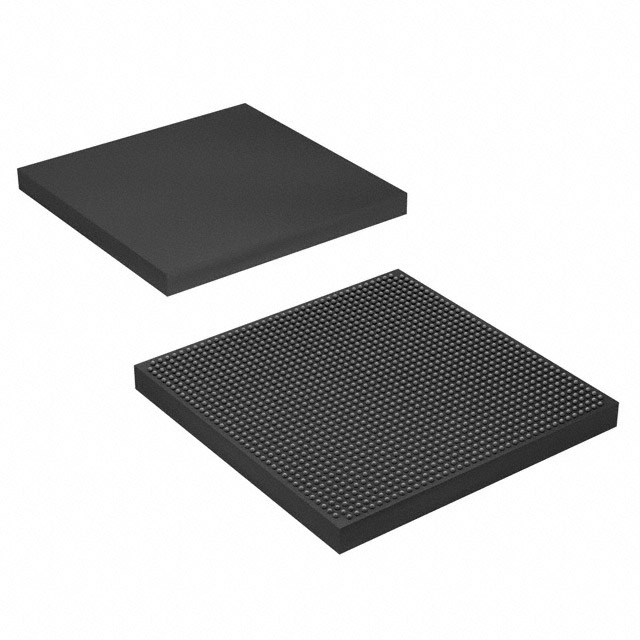LP5912Q1.8DRVRQ1 Brand new genuine original IC stock Electronic Components Ic Chip Support BOM Service TPS62130AQRGTRQ1
Product Attributes
| TYPE | DESCRIPTION |
SELECT |
| Category | Integrated Circuits (ICs)
PMIC - Voltage Regulators - Linear |
|
| Mfr | Texas Instruments |
|
| Series | Automotive, AEC-Q100 |
|
| Package | Tape & Reel (TR)
Cut Tape (CT) Digi-Reel® |
|
| Product Status | Active |
|
| Output Configuration | Positive |
|
| Output Type | Fixed |
|
| Number of Regulators | 1 |
|
| Voltage - Input (Max) | 6.5V |
|
| Voltage - Output (Min/Fixed) | 1.8V |
|
| Voltage - Output (Max) | - |
|
| Voltage Dropout (Max) | 0.25V @ 500mA |
|
| Current - Output | 500mA |
|
| Current - Quiescent (Iq) | 55 µA |
|
| Current - Supply (Max) | 600 µA |
|
| PSRR | 80dB ~ 40db (100Hz ~ 100kHz) |
|
| Control Features | Enable, Power Good, Soft Start |
|
| Protection Features | Over Temperature, Reverse Polarity, Short Circuit |
|
| Operating Temperature | -40°C ~ 125°C (TJ) |
|
| Mounting Type | Surface Mount |
|
| Package / Case | 6-WDFN Exposed Pad |
|
| Supplier Device Package | 6-WSON (2x2) |
|
| Base Product Number | LP5912 | |
| SPQ | 3000PCS |
Linear regulator
In electronics, a linear regulator is a voltage regulator used to maintain a steady voltage.[1] The resistance of the regulator varies in accordance with both the input voltage and the load, resulting in a constant voltage output. The regulating circuit varies its resistance, continuously adjusting a voltage divider network to maintain a constant output voltage and continually dissipating the difference between the input and regulated voltages as waste heat. By contrast, a switching regulator uses an active device that switches on and off (oscilates) to maintain an average value of output. Because the regulated voltage of a linear regulator must always be lower than input voltage, efficiency is limited and the input voltage must be high enough to always allow the active device to drop some voltage.
Linear regulators may place the regulating device in parallel with the load (shunt regulator) or may place the regulating device between the source and the regulated load (a series regulator). Simple linear regulators may only contain as little as a Zener diode and a series resistor; more complicated regulators include separate stages of voltage reference, error amplifier and power pass element. Because a linear voltage regulator is a common element of many devices, single-chip regulators ICs are very common. Linear regulators may also be made up of assemblies of discrete solid-state or vacuum tube components.
Despite their name, linear regulators are non-linear circuits because they contain non-linear components (such as Zener diodes, as shown below in the simple shunt regulator) and because the output voltage is ideally constant (and a circuit with a constant output that doesn't depend on its input is a non-linear circuit.)[2]
Features for the LP5912-Q1
- Qualified for Automotive Applications
- AEC Q100-Qualified With the Following ResultsInput Voltage Range: 1.6 V to 6.5 V
- Device Temperature Grade 1: –40°C to +125°C Ambient Operating Temperature Range
- Device HBM Classification Level 2
- Device CDM Classification Level C6
- Output Voltage Range: 0.8 V to 5.5 V
- Output Current up to 500 mA
- Low Output-Voltage Noise: 12 µVRMS Typical
- PSRR at 1 kHz: 75 dB Typical
- Output Voltage Tolerance (VOUT ≥ 3.3 V): ±2%
- Low IQ (Enabled, No Load): 30 µA Typical
- Low Dropout (VOUT ≥ 3.3 V): 95 mV Typical at 500-mA Load
- Stable With 1-µF Ceramic Input and Output Capacitors
- Thermal-Overload and Short-Circuit Protection
- Reverse Current Protection
- No Noise Bypass Capacitor Required
- Output Automatic Discharge for Fast Turnoff
- Power-Good Output With 140-µs Typical Delay
- Internal Soft-Start to Limit the In-rush Current
- –40°C to +125°C Operating Junction Temperature Range
Description for the LP5912-Q1
The LP5912-Q1 is low-noise LDO that can supply up to 500 mA of output current. Designed to meet the requirements of RF and analog circuits, the LP5912-Q1 device provides low noise, high PSRR, low quiescent current, and low line and load transient response. The LP5912-Q1 offers class-leading noise performance without a noise bypass capacitor and with the ability for remote output capacitance placement.
The device is designed to work with a 1-µF input and a 1-µF output ceramic capacitor (no separate noise bypass capacitor required).
This device is available with fixed output voltages from 0.8 V to 5.5 V in 25-mV steps. Contact Texas Instruments Sales for specific voltage option needs.
For all available packages, see the Package Option Addendum (POA) at the end of this data sheet.






